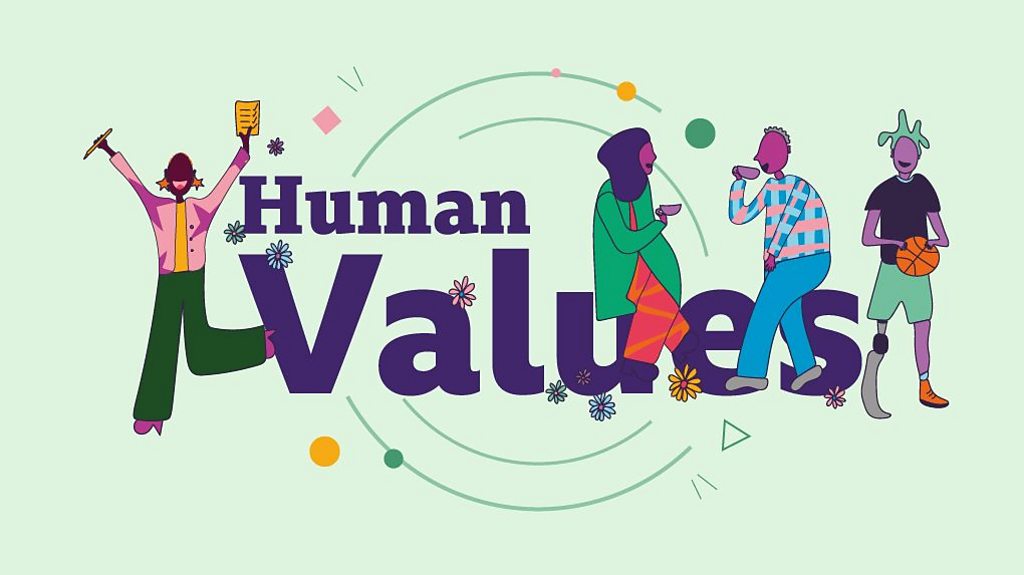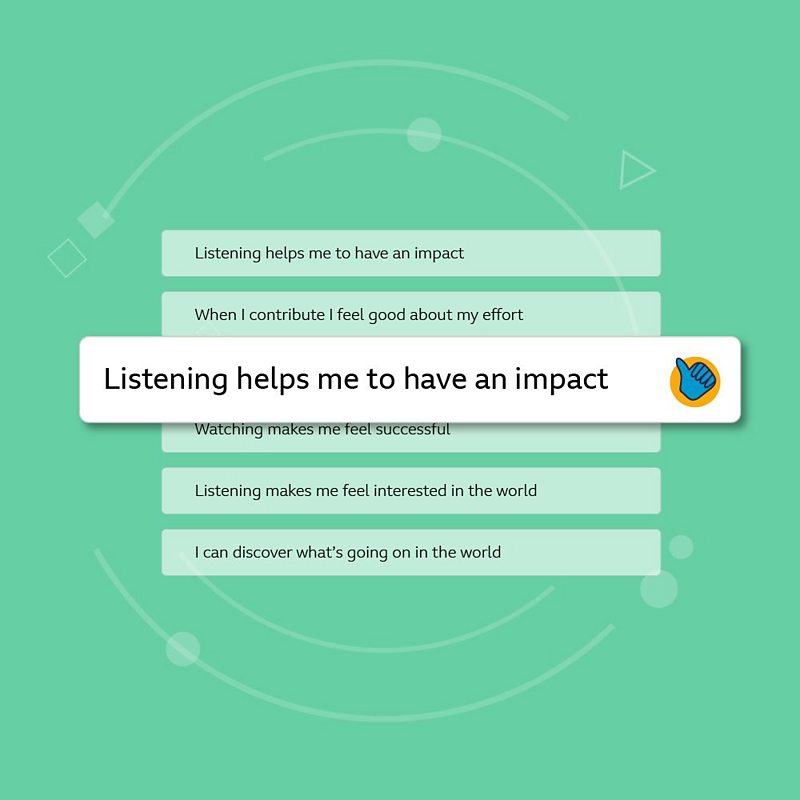
How does it work?
1
Identify the product, service, or feature you’d like to evaluate2
Create a set of user facing survey questions based on the most relevant human values3
Upload questions to your chosen survey provider (we use Microsoft Forms)
What is the Human Values Survey Builder?

Are you looking for a way to understand the impact of anything you make based on more than standard metrics provided by quantitative data alone such as of time spent and repeat use?
Â鶹Éç R&D have identified a need to make collecting qualitative insights more streamlined and immediate, by collating background research from the ‘Human Values & Metrics’ team into a collection of questions which go beyond observing what people do, and ask what drives them to do it.
Use this tool to ask questions like ‘Does your product meet its primary intention?’, ‘Does your service feel inclusive and rewarding?’, ‘Does your new feature give recognition for efforts from your users?’
These are the types of questions we believe technology innovators need to be asking before, during, and after any interaction with their audiences, and will be the step needed to move away from growth metrics and into quality of experience and impacted value metrics.
Top tips to get you ready

Take time to think about which values you most want to impact.

Select a list of questions based on psychological drivers.

Download your questions to use on your favourite survey client.

Report back on findings to provide the ‘why’ into human behaviours.
Why are Â鶹Éç R&D interested in the Human Values Survey Builder?

Collecting and understanding data around people’s deeper motivations to engage with a product or service can lead to inconsistency. The way data is collected or the way a question is posed can lead to biases in understanding and interpretations.
By creating a structured survey tool which asks the same questions in the same way, to be used across products and services, means we evaluate and report on findings more uniformly, but more importantly it means we ask questions based on sound psychological foundations and not ‘in the moment’ thoughts and feelings.
This tool is best used without any preconceptions or hidden motivations to validate a decision, but to ask for feedback in a timely and open manner which allows for both positive and negative review.